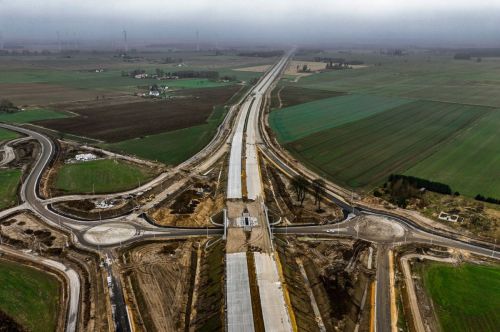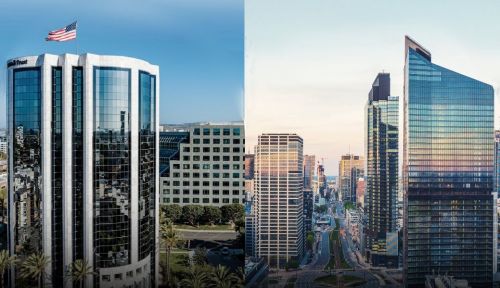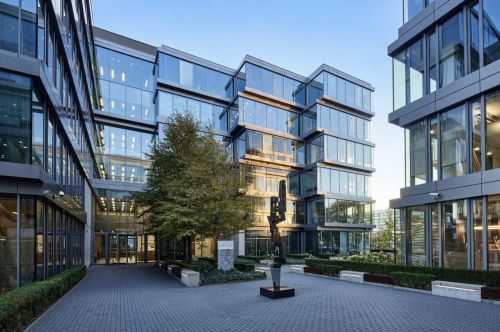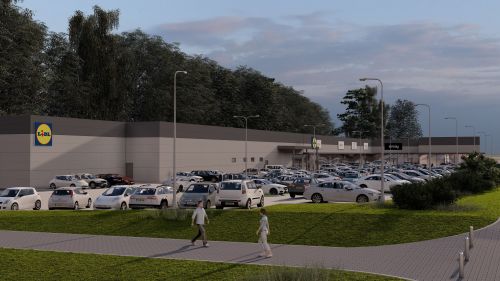The last mile has always been a crucial stage in the transportation of goods – obviously, since the whole point of the process is actually getting them delivered to their final destination. In past decades this might have been taken for granted, and so the term rarely entered into everyday discourse (in fact, on Eurobuild’s pages its first occurrence seems to have been as recently as 2016). These days, however, ‘last-mile delivery’ is hardly ever off the lips of industrial market players, analysts and commentators. This is reflective of a fundamental shift in the warehousing and logistics markets, where several years ago the last mile generally meant delivery to the retailer – the shop or supermarket – whereas now, thanks to technological advances and evolving consumer behaviour, it often increasingly means delivery to the very doorstep (or pick-up point or parcel locker) of the end-customer, on the same day and sometimes in as little as two hours fr































































